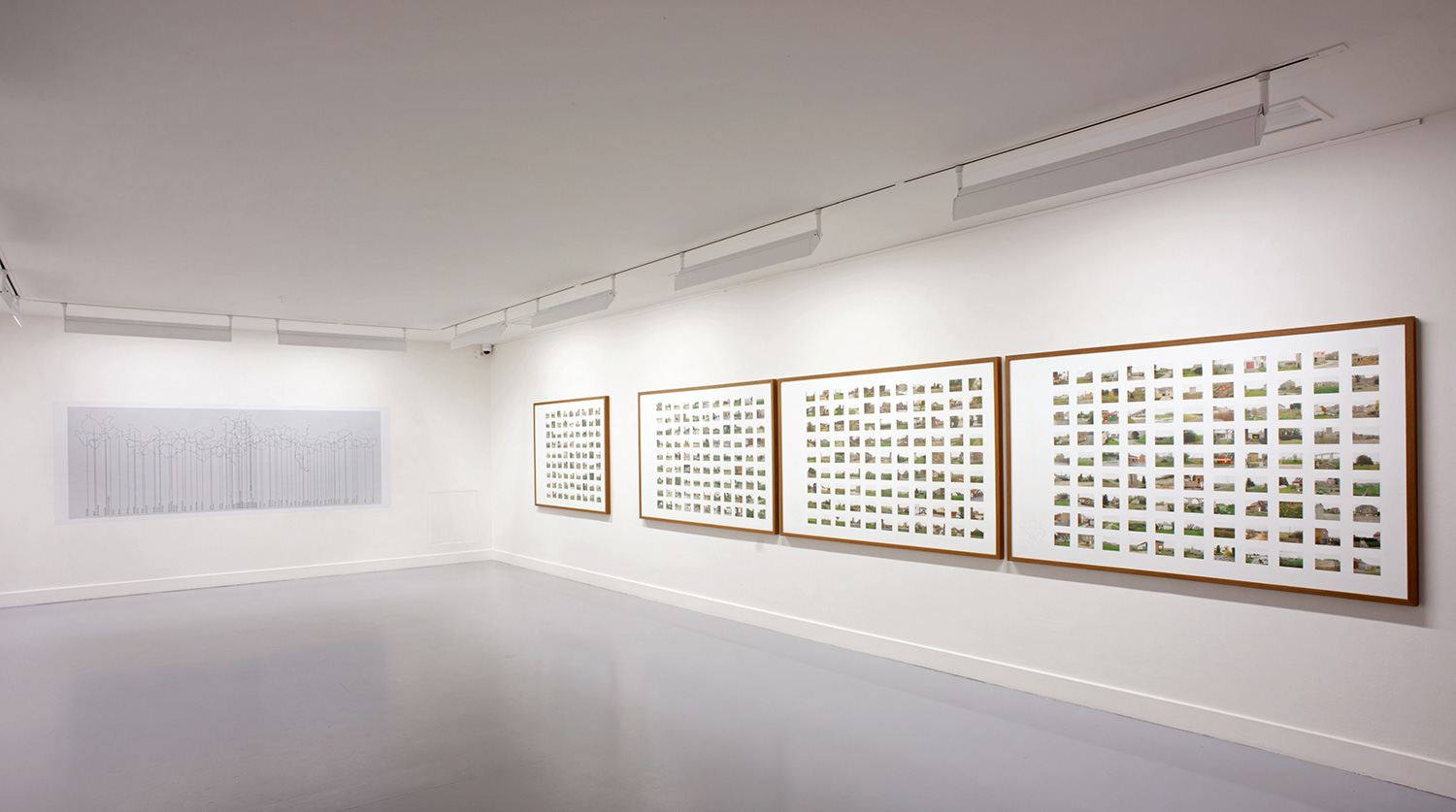LIEUX COMMUNS 2004-2010

MuHKA, 2021 (Antwerp, B)
When an exhibition is put together, a succession of stages follows. We work on a concept.
We work on a text, bringing together ideas and quotations. We discuss the budget. Loans are obtained.
We draw plans. The works are insured. We pack, we transport, we unpack. Then we watch things fall into place.
Finally, we uncork the red wine and let the audience enjoy their moment of enchantment.

![]() MuHKA, 2021 (Antwerp, B)
MuHKA, 2021 (Antwerp, B)
In this proposal, Hofmann and Domahidy imagine an exhibition that would unfold quite differently.
Taking the business model of meal delivery as an example, they meticulously observe the habits of
Ubereats, Deliveroo and other delivery companies and transpose their optimisation tactics to the art world.
As going green and slowing down are just as much part of the trend as the economic precariousness of workers,
it seemed appropriate to the duo to set up an installation for which all the necessary equipment would be
transported on foot. Why shouldn't the local residents contribute a little to the cultural life?
Visitors enter a space strewn with disparate elements. On one of the walls, the artists project the supposed transport of these unexpected objects.
![]()

![]()
![]() MuHKA, 2021 (Antwerp, B)
MuHKA, 2021 (Antwerp, B)